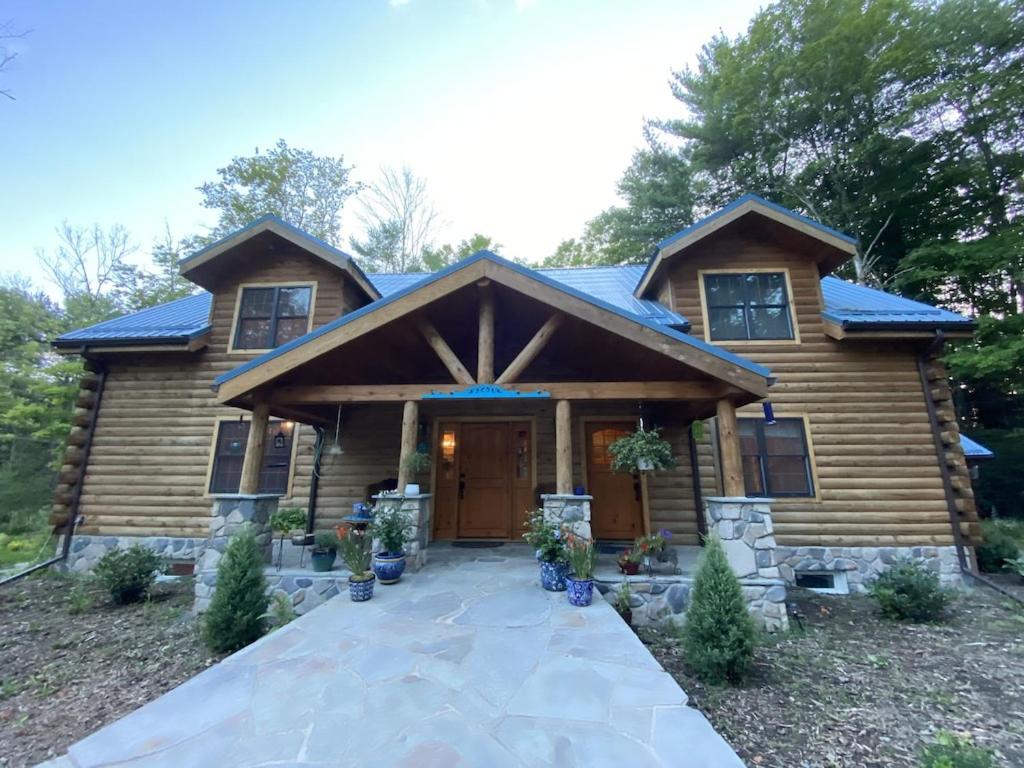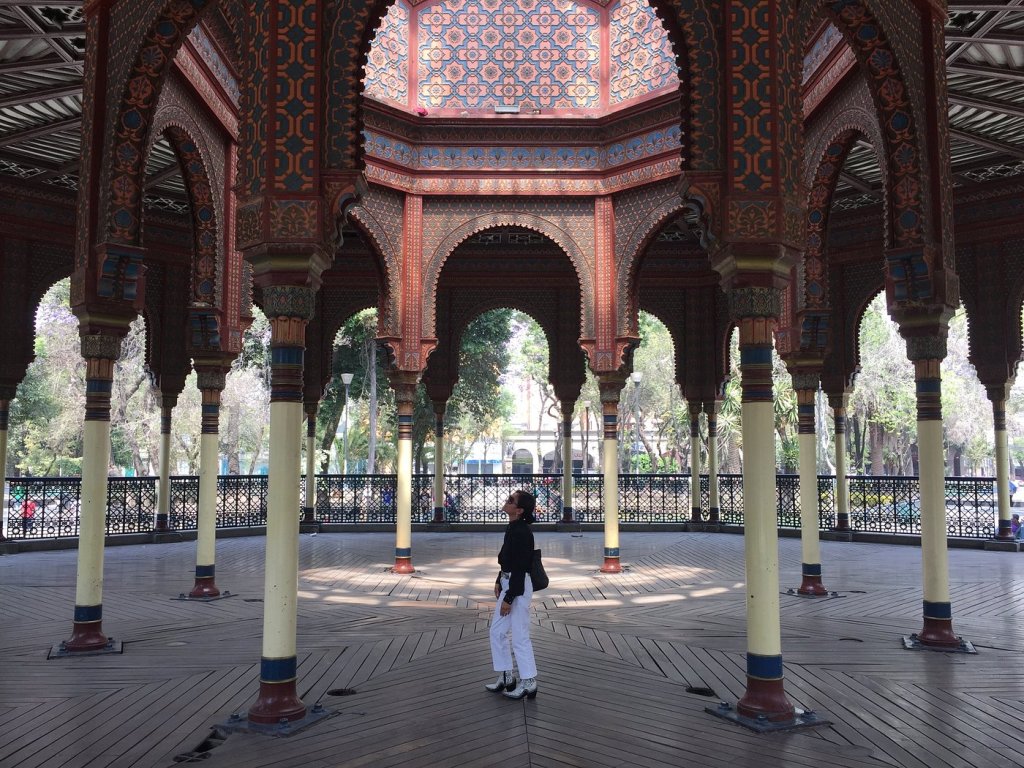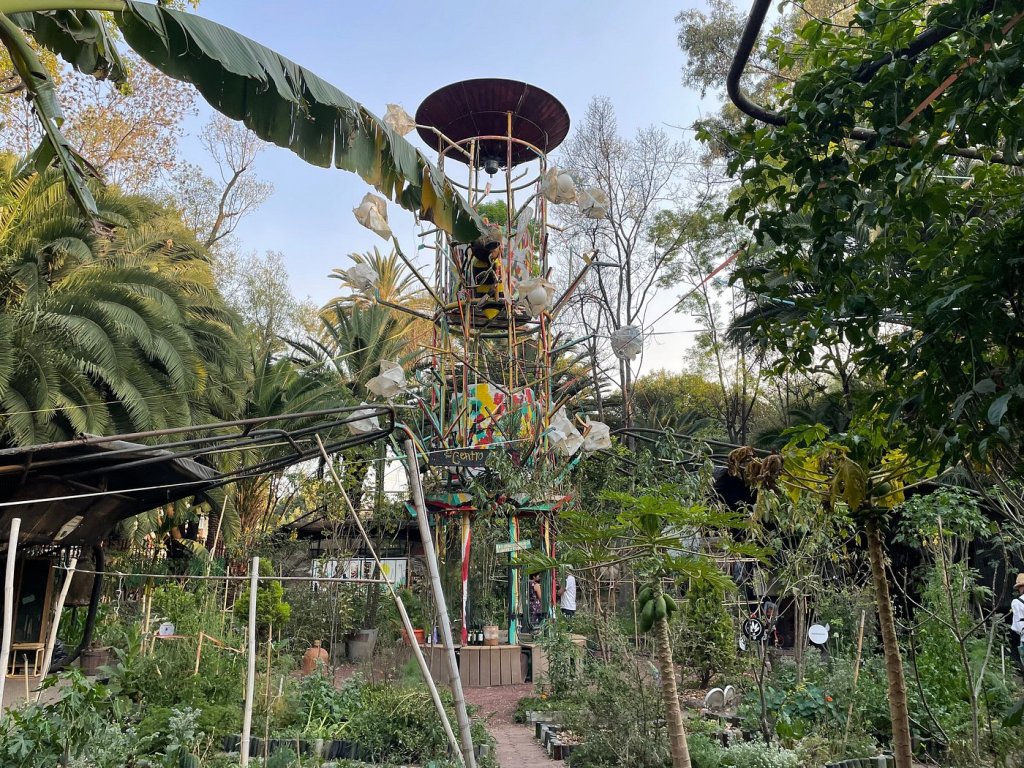Nebraska has more hidden wonders than you might think.
Recently, I covered some of the state’s quirkier things to do, from exploring the famous Carhenge art project to attending the Kool-Aid Days festival. The short list of beloved oddities is just the tip of the iceberg.
Nebraska is home to charming small towns, a handful of top-notch state parks, and a capital city that will keep you captivated for days on end. Though the average traveler is likely just passing through Nebraska, it’s a worthwhile destination in and of itself.
But like many other ‘fly-over’ states, there’s a huge misconception about Nebraska—that it’s flat and boring, offering little for nature lovers. That’s false for a few reasons.
First, who says prairies and grasslands aren’t drool-worthy? We love the sky to observe stars at night, but tend to write off the day for some reason.
Second, if I can’t sway you to fall in love with rolling plains, then these other natural wonders in Nebraska are sure to pique your interest. Let’s take a closer look.
6 gorgeous natural wonders in Nebraska
Oglala National Grassland
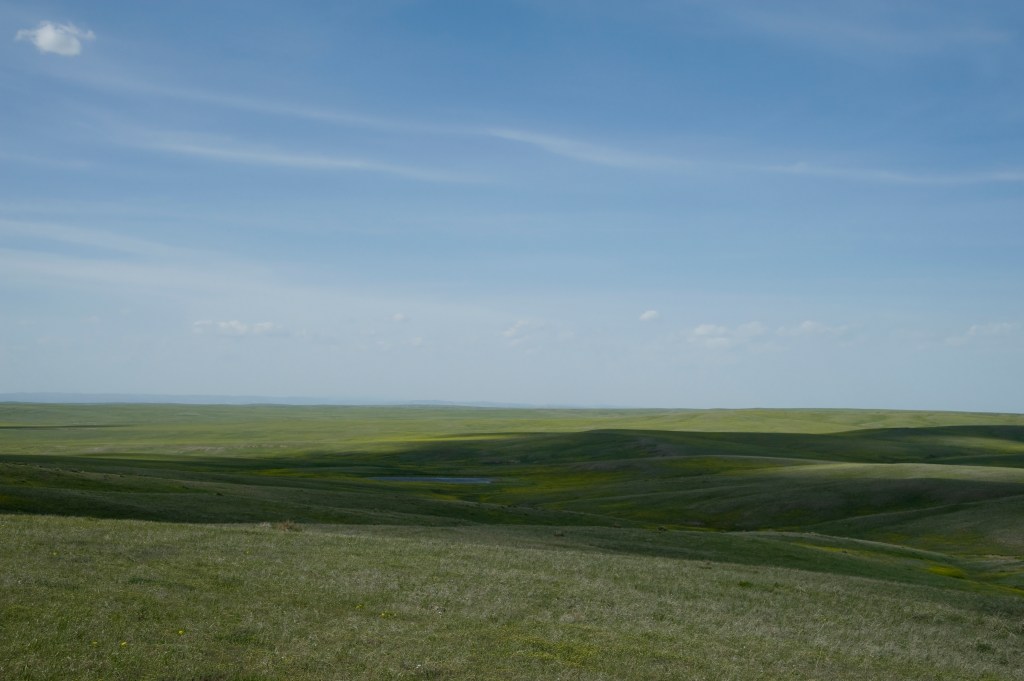
I’m starting out with those grasslands that I personally love. Oglala National Grassland is one of the most intact grassland territories left in the world, stretching over 94,000 acres. It’s located in the state’s upper northwestern corner near South Dakota and Wyoming.
Here, you’ll find unspoiled views of the horizon in each direction—it almost feels like being out on open water.
As you take on hikes through the prairie, you’ll stumble upon healthy tallgrass that reaches up to your waist, along with other surprises like the badlands. (More on this below.)
Toadstool Geological Park
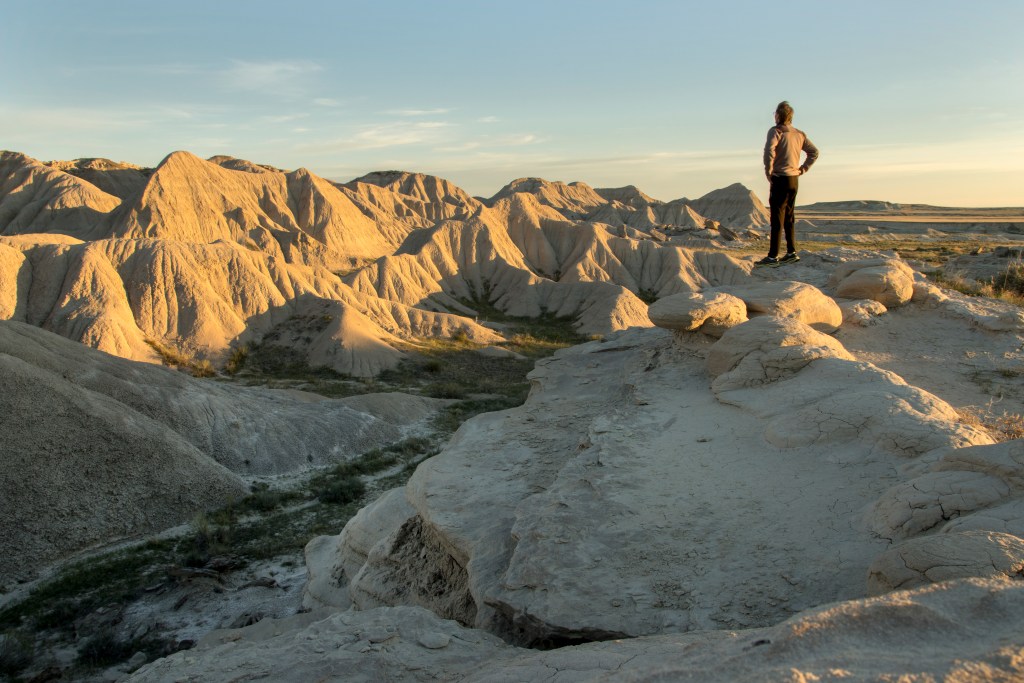
While most of the Oglala National Grasslands is prairie, some portions are actually home to badlands. Badlands are rugged and rocky stretches of land, home to escarpments to canyons to small hills.
They’re best experienced at Toadstool Geological Park and Campground, which is home to massive, well-preserved fossils.
You can find interpretive areas and exhibits in Toadstool that offer insights into the geological formations and the fossils discovered inside the park. There are plenty of day hikes that showcase the coolest badlands views, along with basic services like picnic areas.
Niobrara National Scenic River
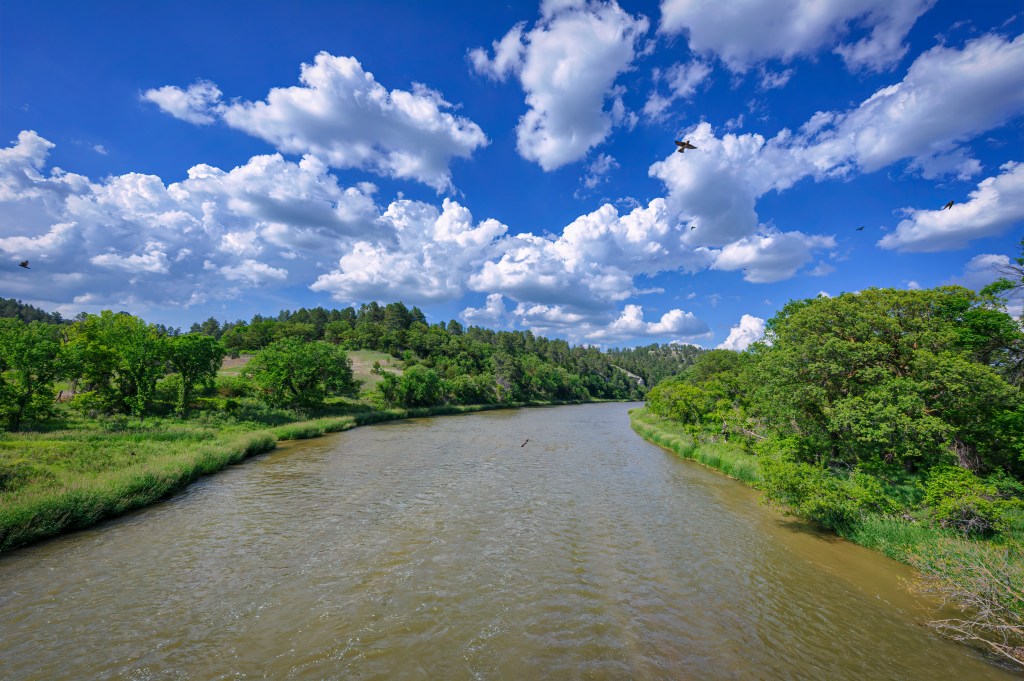
The Niobrara is a large, important tributary that feeds into the Missouri River—but before the two meet, you can enjoy 76 miles of pure natural splendor. Welcome to one of the ‘longest’ natural wonders in Nebraska.
The Niobrara is a naturally quiet corridor where you won’t hear nearby highways or farms, letting you truly unwind at the riverside or out on the water.
The most popular way to enjoy the river is by floating down it, either on kayaks, canoes, or inflated tubes. The Niobrara National Scenic River area is also home to over 200 waterfalls, including the Big Cedar Falls to Smith Falls. Plus, you’ll have a fantastic view of the passing Sandhills prairie region as you explore the river.
Merritt Reservoir
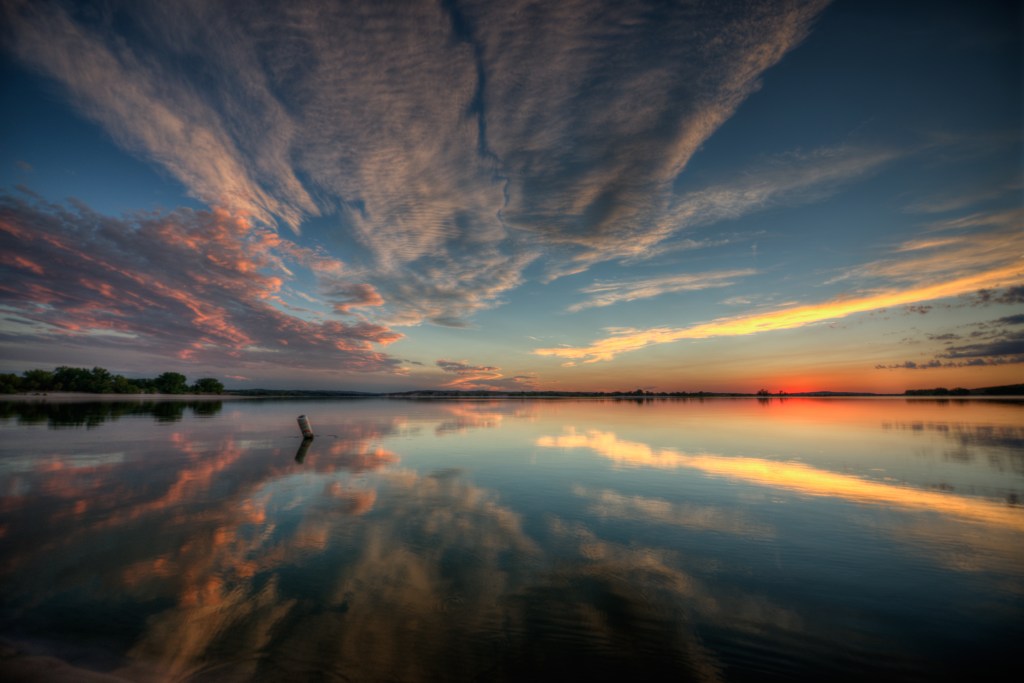
It’s pure summer fun at Merritt Reservoir each year. This state recreation area comes alive each summer. Most visitors are going to camp and fish as part of their summer vacations, with a heavy emphasis on fishing.
But that’s not all. Merritt Reservoir is the stomping grounds of the annual Nebraska Star Party. In 2022, Merritt Reservoir became an official International Dark Sky Park.
That makes it ideal for stargazers and hobbyist astronomers. If you want to join the Nebraska Star Party, you can rub elbows with more practiced astronomers who are willing to teach you the basics—and maybe even take a glimpse through their telescope.
Scotts Bluff National Monument
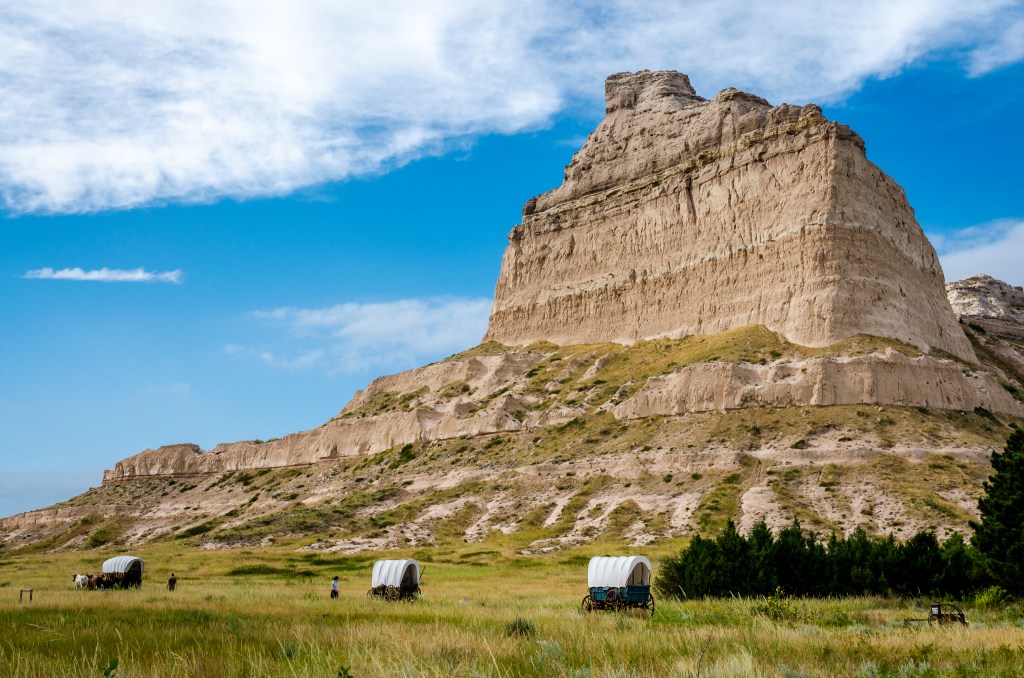
When it comes to famous Oregon Trail locations, Nebraska’s top site is Chimney Rock. But let’s not forget about Scotts Bluff, which served as an important marker for pioneers heading west in the days of yore. Today, you can explore 3,000 acres of grasslands and badlands surrounding the iconic bluff.
For centuries, Scotts Bluff has served as an important landmark—first for Native American tribes, then for pioneers on the Oregon Trail and, later on, the California and Mormon Trails. Fans of history can learn more about Scotts Bluff’s role as a landmark at the visitor center.
Fort Robinson
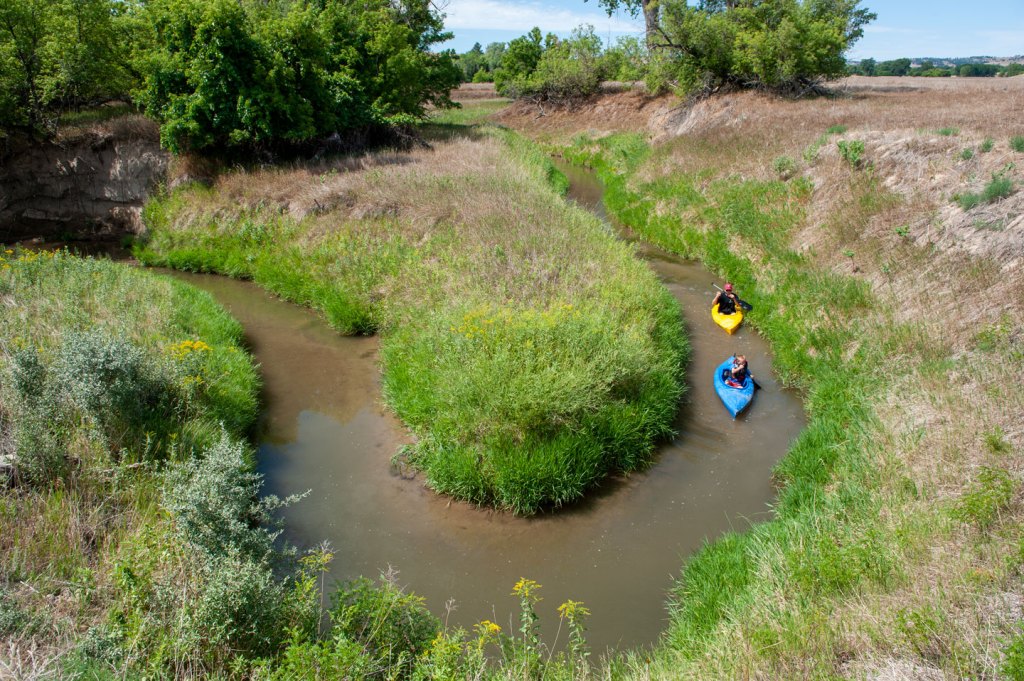
This now-defunct military fort takes you straight to an unsoiled stretch of Pine Ridge forests that span 22,000 acres. Active until the end of WWII, Fort Robinson has served many unique purposes—as a research center, as a K9 dog-training center, and even to house POWs.
Today, most guests hike and bike on the trails, go fishing in the ponds and/or creeks, and even take off-roading jeep rides. If you want to learn about Fort Robinson’s history, head to the Fort Robinson History Center and the Trailside Museum. Personally, I’d probably go for a stagecoach or horseback riding excursion to get out and explore the land.



